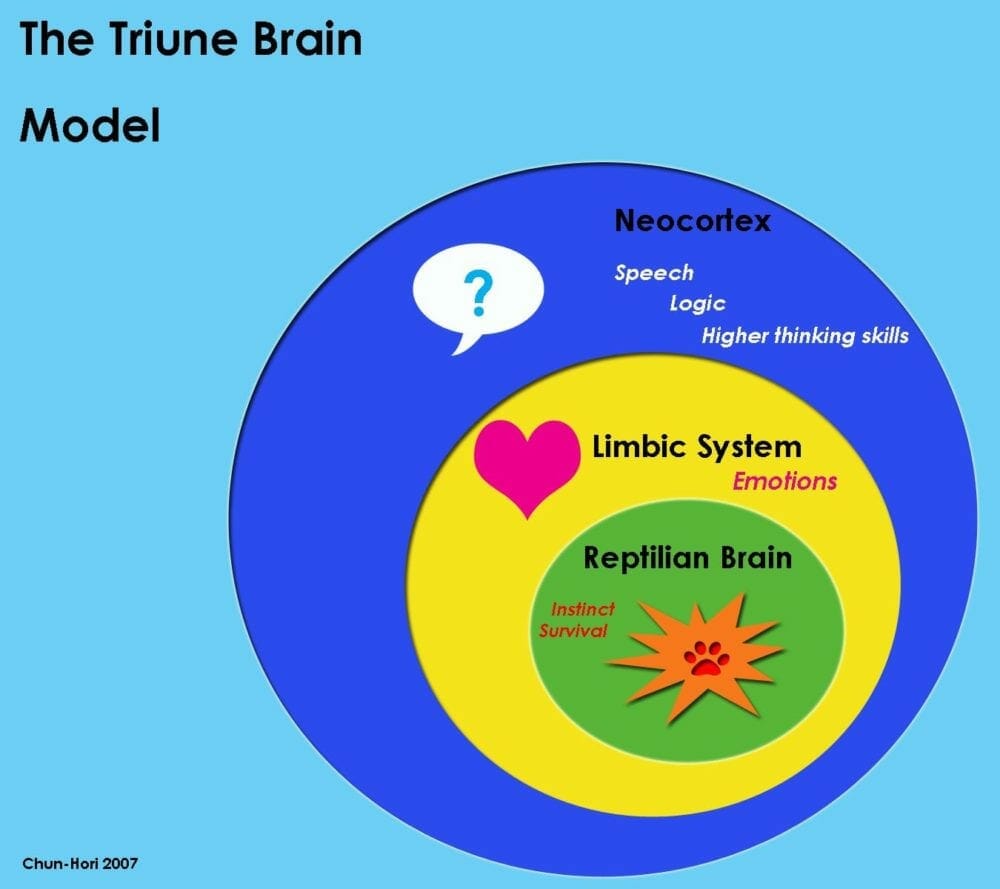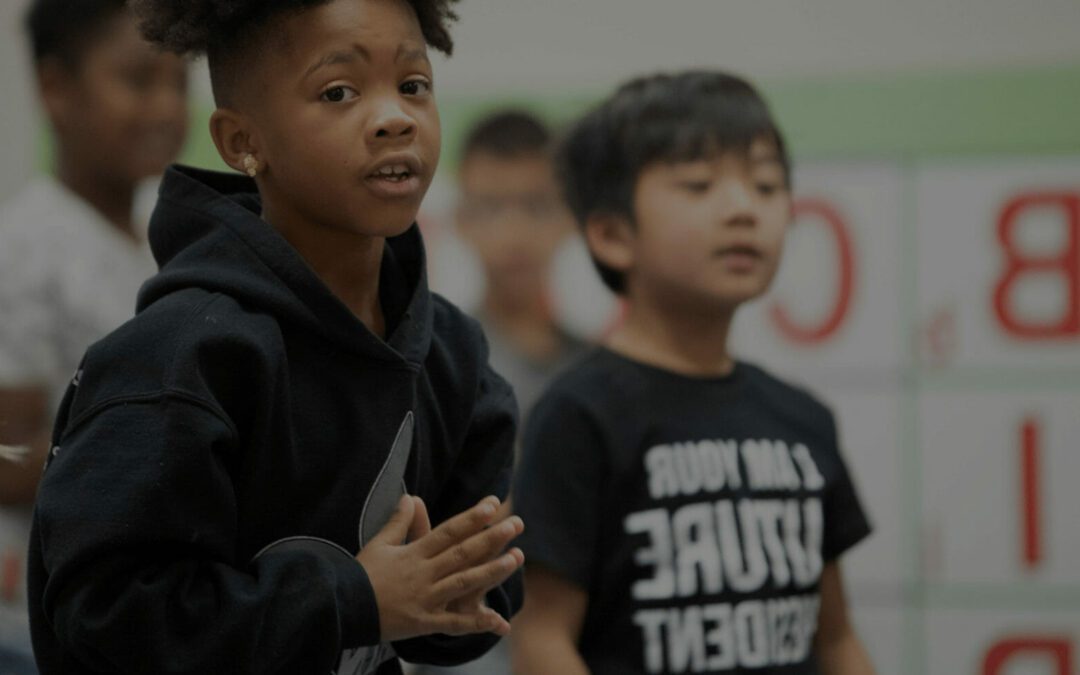It’s funny, isn’t it? The place we spend the most time, day and night, is the exact same place we know the least about. Our brain is the ultimate mystery. The bunch of gooey cells and invisible stringy nerves that inhabit our skulls control EVERYTHING in our lives. From the most insignificant blip of a thought, to musical ear-worms, to glorious poetic art, to the most violent cruelty – our brains, for better or worse, hold the key to our human existence.
Scientists are getting closer to understanding how our brains work and their findings can help us do a bit of research into our own minds. For example, we have between 60,00 to 80,000 thoughts every day. That’s about 2,500 thoughts per hour! Exhausting. How many of these thoughts do we purposefully mean to have? How many are just repetitive lists? Or negative labels? Why does our brain do this? How do we learn to control the incessant parade of mindless chatter?
Learning how your brain has evolved over time to process and handle your experiences is one way to regain a bit of control over your mind. A brief (and admittedly simplified) explanation of brain anatomy is a good place to start. The video below is a beautiful, tangible explanation of the basic parts of the brain:
Dr. Siegal uses his hand model to explain the Triune Brain Theory, introduced by Paul MacLean in the 1960s. In this theory, the human brain has evolved into three parts, separate but all deeply connected: brain stem and cerebellum (lizard), limbic system (mammal), and neocortex (human).
In his model, your palm and wrist represent the spinal cord, brain stem and cerebellum, your autopilot system. This Lizard Brain is in control of reflexes, your fight/flight/freeze response. It evolved for a simple reason – survival. It is in control of your heart beat, your digestion and your temperature control. The Lizard Brain is often defensive and aggressive. It is pure instinct and impulsivity, always poised to act to keep you alive. At best, it helps you pull your hand away from a hot stove immediately. 
The next layer of the brain, represented in Dr. Siegal’s hand model by your thumb, is the limbic system. This Mammal Brain is the source of emotions, memories, learning, and habits. It is in control of forming relationships and constantly evaluates your situation (Is this a safe space? Am I in a good place or bad?) Your earliest memories and experiences are imprinted forever in your limbic brain. It is the tether into our nervous system. For example, you know how your mouth waters when thinking about slicing into a tart lemon? That’s the limbic brain pulling up the memory of the experience of a lemon and tying it to the Lizard Brain for the involuntary response of salivating. This same pathway, however, is also the cause of a PTSD event – hearing a loud sound triggers the memory in the Mammal Brain to start up the survival instinct in the Lizard Brain. And it happens immediately.
The most outer layer of our brain is the neocortex and it basically surrounds the deeper parts of our brain. This is the part of the brain responsible for language, abstract thought, imagination, consciousness, and rational decisions. The Human Brain understands concepts like time, morality, decision-making and sense of self. Amazingly, this integral part of our brain isn’t fully developed until about 21 to 24 years old! That means children and adolescents quite literally might not “know better.” They may look like adults, but their brains are still somewhere between basic mammals and reptiles. We also often “flip our lids” and bypass the Human Brain altogether, exposing the Lizard Brain and we find ourselves overreacting to simple stimuli.
What does this mean to us parents, caregivers, teachers, and generally responsible people in the world? Simply put, trauma causes changes to brain matter. Whether a single traumatic event (a car accident, the death of a parent) or developmental trauma (abuse, neglect, addictions), the brain is physically changed. Neurons are grown and/or destroyed. And since the brain is intimately and forever attached to the body, the body is thereby changed by trauma. Chemicals and hormones are released. Involuntary actions are triggered. Cycles continue.

Like what you read here? There’s so much MORE to explore and learn with Kidding Around Yoga. Check out our website for our live and online teacher trainings, Yoga Alliance-approved 95-hour RCYT trainings, specialty online courses, original music, merchandise, and beyond! KAY even offers an online course that dives deep into children’s anatomy (KAYnatomy).



